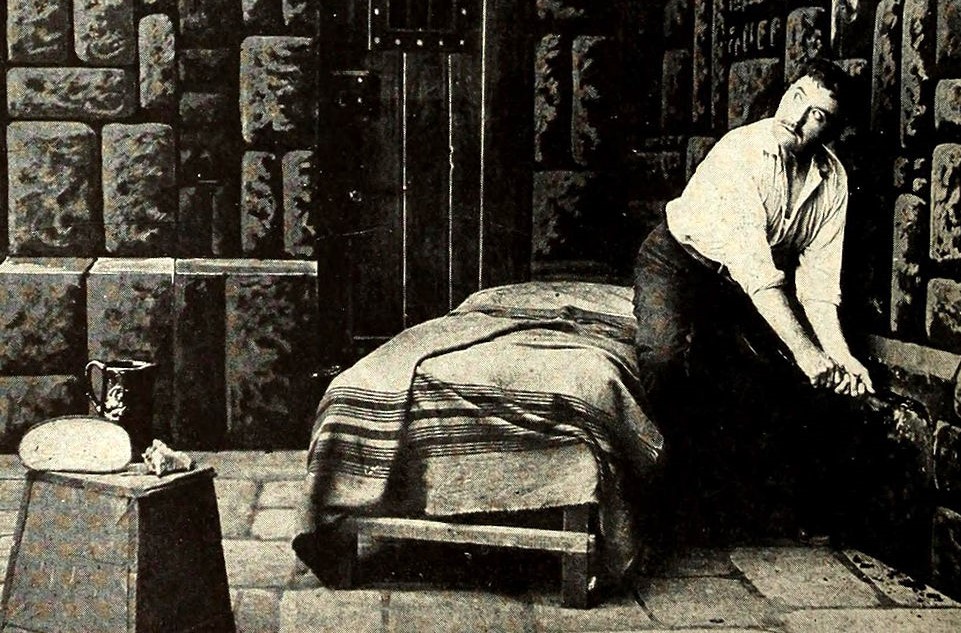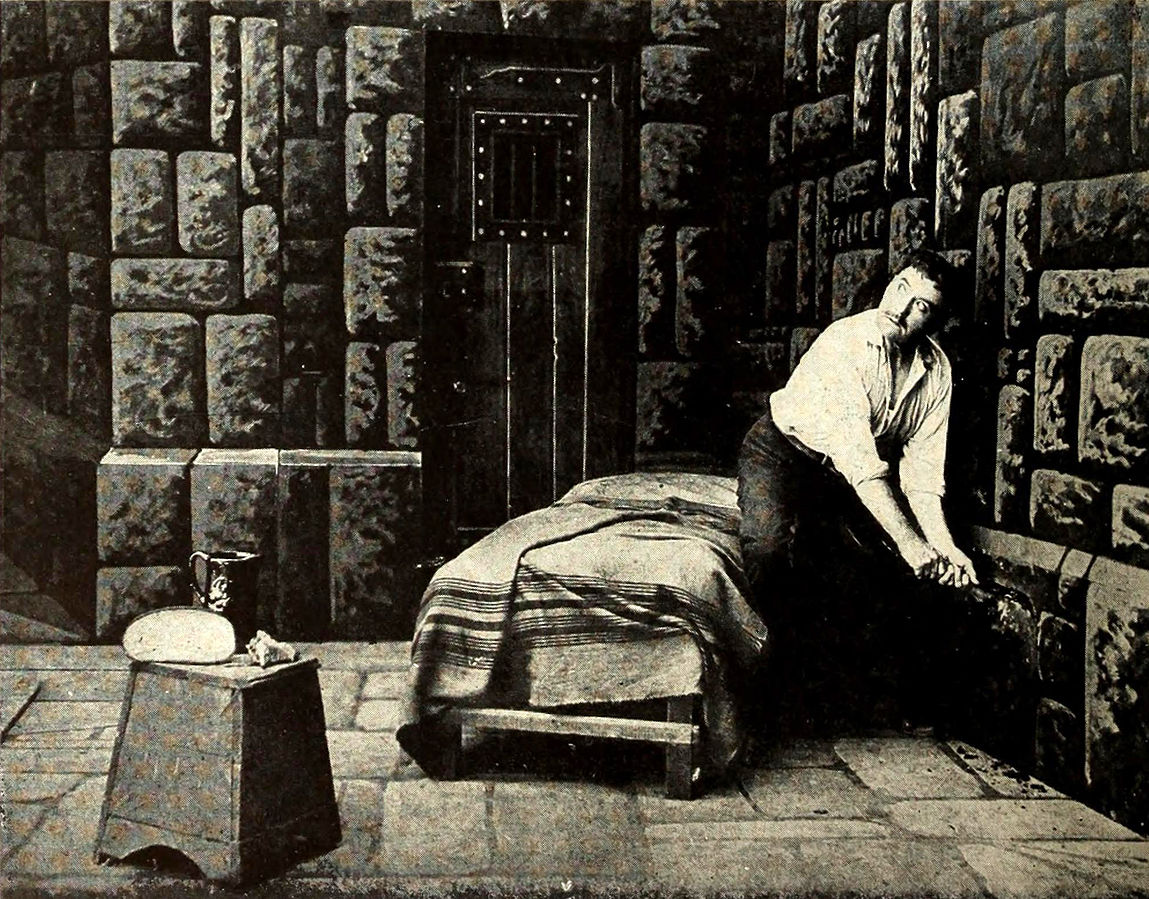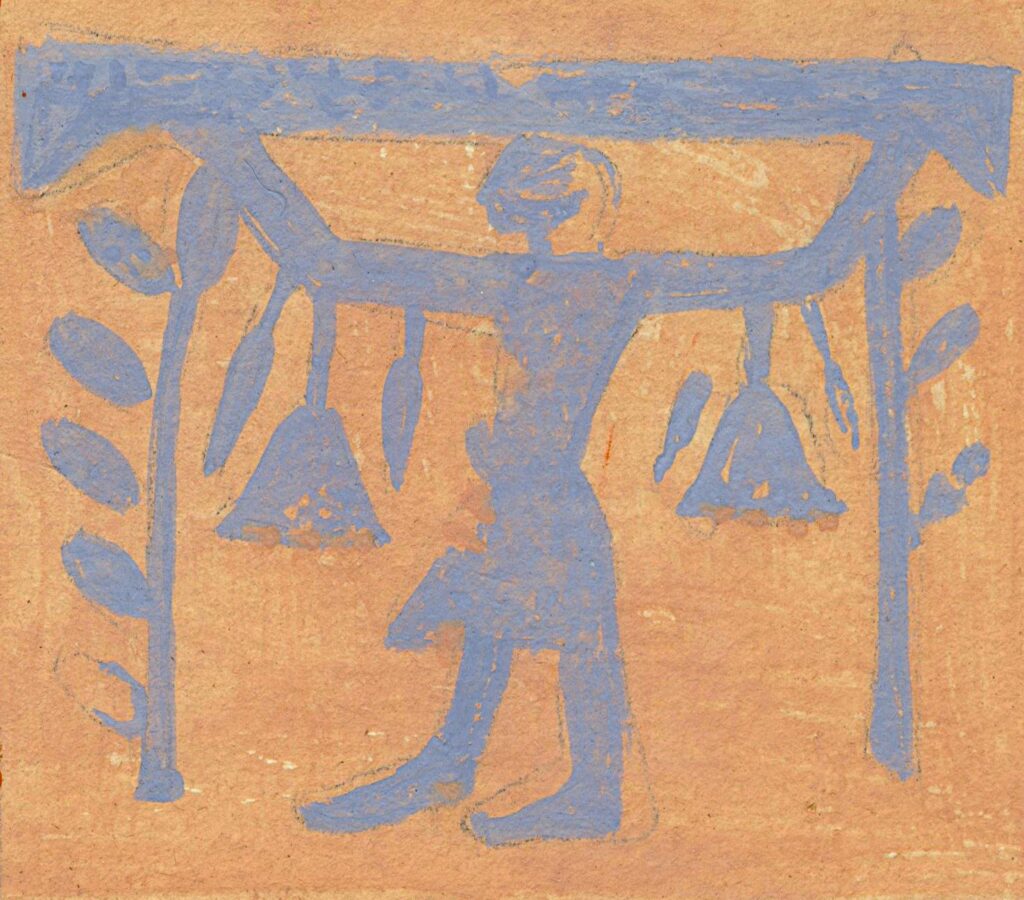
Enjoying Marseille with Amice and Hugh Calverley, 4 October 1929
Author: Susan Biddle.
The last post described Myrtle’s voyage from the UK to Marseilles, via Gibraltar, in 1929. There she was joined by two more members of the team and explored Marseilles further.
Amice Calverley, together with her brother Captain Hugh Calverley, joined Myrtle Broome on the SS Ranpura at Marseille after lunch on 4 October 1929. Hugh Calverley was to be the team member responsible for photography and the electricity generator. Amice had suggested that he join the team as his rheumatoid arthritis meant he needed to avoid the Canadian winter, assuring the Egypt Exploration Society (EES) that he was “energetic, practical and a very good photographer”. She offered to forego part of her own salary to cover the cost, but the EES though this would be unfair and paid him the same salary as Myrtle – £30 per month.
The three of them lost no time in getting better acquainted. Amice’s first priority was a haircut, after which she and Myrtle enjoyed a coffee together in a patisserie. Myrtle seems to have been unfamiliar with coffee served while still percolating, but noted how good it was with hot cream and sugar. Thus fortified, the two of them joined a motor boat trip to the Château d’If on one of the Frioul islands, a nautical mile offshore. Myrtle and Amice enjoyed being tossed around in the boat as it pitched in the sea, joking with the other passengers – apart from one Englishman, all “French men of the peasant & artisan class” – and trying to avoid being pitched into the men’s laps.

Photograph by Jan Drewes, Licence
https://commons.wikimedia.org/wiki/File:IsledIf_ChateaudIf_Marseille_NDDLG_11032007_JD.jpg
Myrtle found it exciting to explore the places in the Château which featured in Alexandre Dumas’ The Count of Monte Cristo (1844). Myrtle was clearly familiar with this literary classic, set in France, Italy, Greece and Constantinople in the period 1815–1844, whose hero, Edmond Dantès, is falsely imprisoned in the Château d’If. Another prisoner, Abbé Faria, tunnels into Dantès’ cell and tells him how to find a hidden treasure if he ever escapes. When the Abbé dies, Dantès escapes when he is flung into the sea in the Abbe’s burial shroud. He finds the treasure and then, disguised as the Count of Monte Cristo, uses it to take a complicated revenge on the men who had him imprisoned.

Unknown photographer
https://commons.wikimedia.org/wiki/File:Count_of_Monte_Cristo_1913.jpg
Myrtle was thrilled to see the cell where Edmond Dantès was confined, the hole into the other cell and where he was thrown into the sea. She and Amice then climbed to the roof of the tower to enjoy the view of the bay and the town.
Their return journey was even windier. To the amusement of one of the French passengers, Myrtle and Amice used the boat’s canvas cushions to protect themselves from the spray, rather than sitting on the cushions in the conventional way.
After dinner Hugh and Myrtle ventured out to a show, though Amice pleaded tiredness and retired to bed. On the advice of the tram conductor, they paid 11½ francs for tickets to the Théâtre des Variétés, which they found was offering not a variety show but “Teresa”, an operetta about the early life of Bonaparte. This was probably Teresina, a 3 act operetta by Oscar Straus, first performed in Berlin in 1925. Myrtle’s French was not up to following the plot, but she enjoyed the singing, costumes and setting. After being beaten down from 25 to 11 francs for the journey from the theatre back to the docks, their taxi driver seemed keen to move on to a more rewarding customer, doing the journey – usually 20 minutes by tram – in just 7 minutes, cornering on 2 wheels and dodging about madly, leaving Hugh and Myrtle “helpless with laughter” on their arrival at the boat.
The ice between the three was well and truly broken. As Myrtle said, they had not wasted any time in being polite, and she looked forward to a very jolly time in camp.
Sources: letter 27, correspondence from the Calverley archive at the Egypt Exploration Society.
With thanks to:
- the Griffith Institute, for the opportunity to work on Myrtle’s letters and their ongoing support for this blog
- the Egypt Exploration Society, for access to their Amice Calverley Archive
- the Marseille Tourist Board and the Calanques National Park, for details of the Château d’If
- the Operetta Research Centre and Kurt Ganzl (author of The Encyclopaedia of Musical Theatre), for their help in identifying the operetta as Teresina



